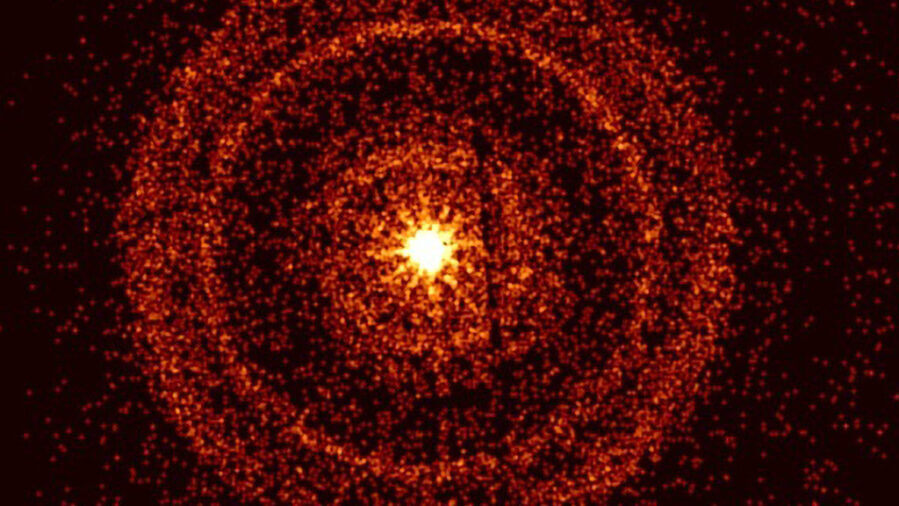One cosmic explosion has caught the attention of space scientists like no other. Dubbed the Brightest of All Time (BOAT), it occurred on October 22 last year. Ever since, researchers worldwide have been intrigued by its incredible brightness and the slow-fading afterglow that followed.
A team led by Dr. Brendan O’Connor, a recent doctoral graduate from the University of Maryland and George Washington University, has put forward an explanation. Their findings, published in the journal Science Advances, suggest that the initial burst, known as GRB 221009A, was aimed directly at Earth and carried an unusually large amount of stellar material along with it.
Dr. Hendrik Van Eerten from the University of Bath, who co-led the analysis of the afterglow, believes that the jet’s direct alignment with Earth could account for its brightness. However, the team was puzzled by their inability to observe the edges of the jet.
Further investigations led to an intriguing discovery. The GRB had a unique structure with a narrow jet surrounded by a broader outflow of gas, which is not typical for narrow jets. The researchers propose that extensive mixing between the stellar material and the jet caused shock-heated gas to remain within our line of sight.
Dr. Van Eerten explains that their model not only helps to understand the BOAT but also sheds light on previous GRBs that lacked a clear jet signature. These extraordinary events seem to be extreme and capable of masking the directed flow of gas. Further exploration of the magnetic fields involved in launching the jet and the massive stars hosting them may reveal the reasons behind the rarity of these GRBs.
Dr. O’Connor highlights the significance of GRB 221009A, emphasizing that it is the brightest GRB ever recorded. This unique event offers a valuable opportunity to address fundamental questions about explosive phenomena, from the formation of black holes to tests of dark matter models. Its remarkable brightness and relatively close proximity to Earth, approximately 2.4 billion light-years away, make it a rare occasion for scientific investigation.


